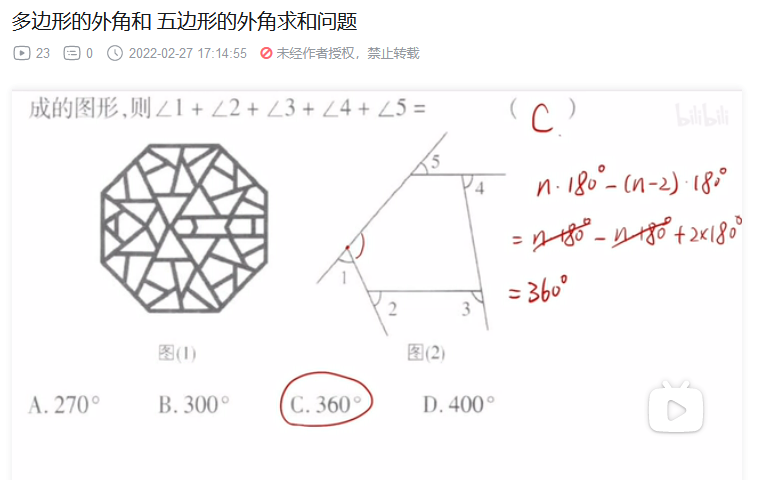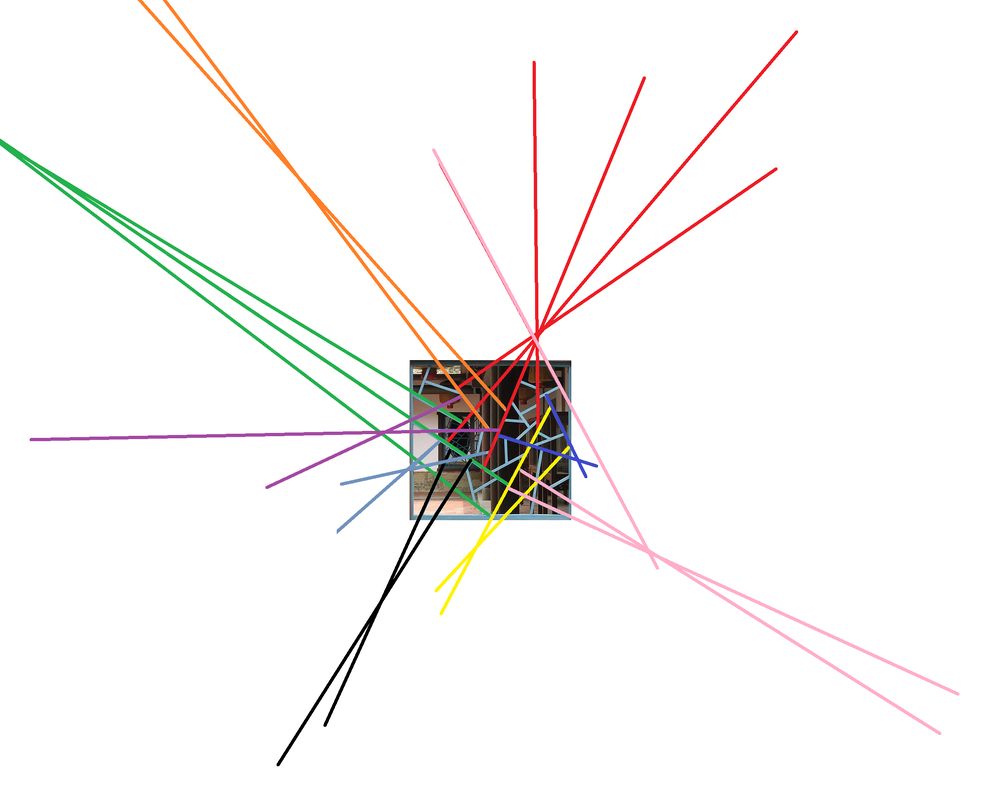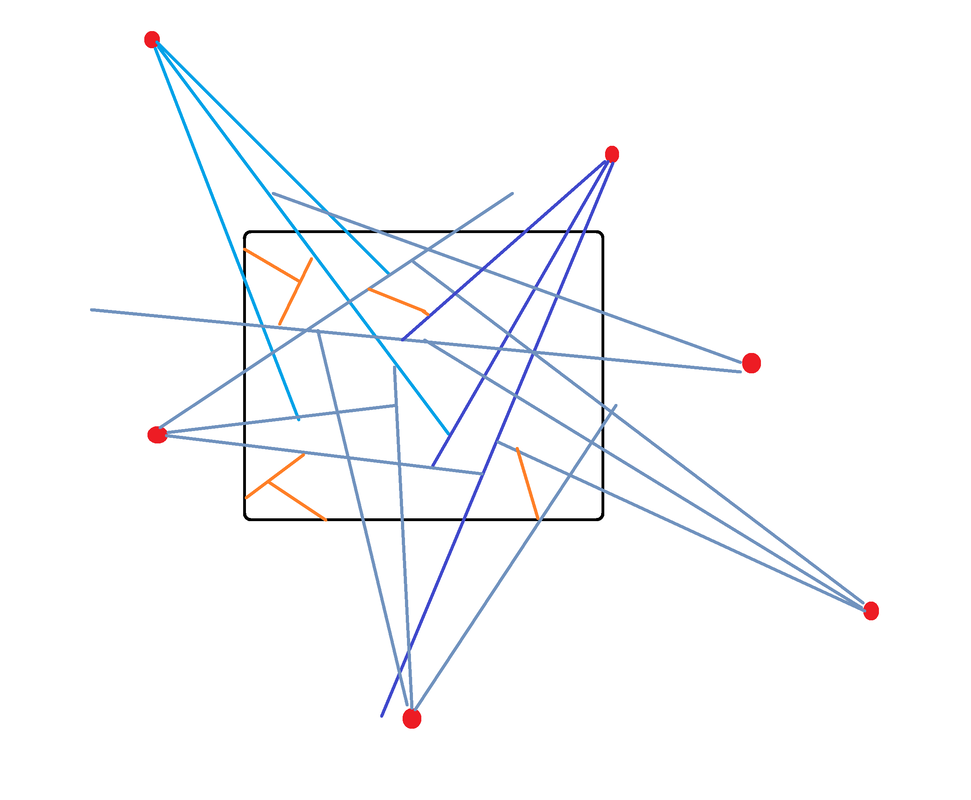As for pictures, if I'm not using my own work, I seek photos under free public licenses. In today's post, however, I use one photo without permission (because I have no idea how to get permission). But then I mangle it beyond recognition in the pursuit of design, so I'm not sure where copyright law falls on that one! Nevertheless, I still do my best to credit the originator and link back. WIKIMEDIA COMMONS I search Wikimedia Commons for "cracked ice" and find a variety of examples of Chinese art. Some of the photos of Chinese windows also have Chinese characters in their names (冰裂窗 and 冰裂紋窗), which I take to Google Translate to see if they might be the search terms I need: Huzzah! I think they are! So I google them, make it an image search, and click on the first image that looks like a diagram. The links below are for the original Chinese pages. I run them through Google Translate, but you can try your own translation methods, if you like. 板橋林家花園亂亂講04--冰裂紋窗 |
後記:觀稼樓的三個冰裂紋窗都一模ㄧ樣,大概是太難做了,所以工匠只做了一個,另兩個就照抄了 | Postscript: The three ice-cracked windows in Guanjialou are all exactly the same, probably because it was too difficult to make, so the craftsman only made one, and copied the other two |
This leads me to a video called "The problem of summing the exterior angles of polygons and pentagons". Because it's a video, I can't run an automated translation, so I just watch it and see if I can make anything of it. This screenshot is particularly interesting, because I recognize the look of a math problem (even as I break out in hives at it). Maybe it's asking what the sum of all those angles is? The voice-over explains that the answer is C, 360 degrees, but how he knows that, I don't know!
冰裂纹窗户的图案有何规律
What are the patterns of ice cracked windows?
冰裂纹镂窗图案在早期是用尺规作图实现的,其构造规律就是基本几何图形(三角形、菱形、方形或多边形)的四方连续图案,同时又添加了短直线,以及花草文装饰等。具体图案要具体分析,但都跑不出这个规律。 | The ice crack open window pattern was realized in the early days by drawing with a ruler and compasses. Its structural law is a square continuous pattern of basic geometric figures (triangle, rhombus, square or polygon), and at the same time, short straight lines and flower and grass decorations are added. Specific patterns need to be analyzed in detail, but this rule cannot be escaped. |
I don't know what "a square contiguous pattern of basic geometric figures" means (it might make perfect sense in Chinese, but I am looking at a computer translation). But, thanks to the mention of compasses, I am ready to theorize.
COMPASS RAYS?
To both demonstrate and test this theory, I use a photo of the famous window from the Lin family garden (林家花園) as my reference, and draw on it. My apologies to olina155, the user who uploaded the photo: I don't know what the licensing is, and I am using it without permission. However, as my use of it is so transformative that you can't see much of the original, and I'm making no money and losing a lot of time in this endeavor, hopefully no-one is offended!
TRACING THE PATTERN THROUGH TIME?
I won't be doing that study, though. I don't feel like opening that many tabs in my browser, all in a language I can't read! For now, I am happy with my theory; perhaps I'll even use it in a quilt someday!
Thanks for highlighting this very interesting design/pattern, I have seen before but never really considered how it’s laid out, let alone constructed, thanks for shining the light, and hopefully the larger community can better dissect this historic cultural puzzle.
Very clever ! l had no idea how to layout
that pattern. Now l have no idea how to make the joints
on the sash bars. Thanks for your investigation.
Fascinating seeing you break this down. Actually there are books written in Chinese which break these patterns down. For English speakers there is a book written in the early 20th century by an American named Daniel Sheets Dye. You can read about it here:
https://www.antique-chinese-furniture.com/blog/2022/07/06/chinese-lattice-the-best-book-on-traditional-chinese-window-lattice-patterns/
Its quite comprehensive (I have a copy on my own bookshelf).
I played the card game SKYJO with my daughter yesterday and, upon reading these last two posts, was instantly reminded of the pattern of the cards. They aren't cracked ice, I'm sure, but similar in concept:
https://wikiexpert.com/custom/domain_1/image_files/sitemgr_photo_1310.jpg
What an interesting rabbit trail you found yourself on. I like your semi-conclusion about drawing compass lines from different points of origin, and think it could make for a cool quilt! Or stained glass. Or Chinese pottery. :-) Strong work, my sister!
Leave a Reply.
Karen Roy
Quilting, dressmaking, and history plied with the needle...
Sites I Enjoy
The Quilt Index
r/Quilting
Wonkyworld
Categories
All
1910's
Alteration
Antique
Dyeing
Embroidery
General
Hand Sewing
History
Lacemaking
Mending
Menswear
Millinery
Modern Elizabethan
Musing
Other Sewing
Philippians 4:8
Project Diary
Quilting
Regency
Retro
Self Made Pattern
Self-made Pattern
Terminology
Victorian
Vintage
Archives
March 2024
December 2023
November 2023
September 2023
August 2023
June 2023
May 2023
March 2023
February 2023
January 2023
December 2022
November 2022
October 2022
September 2022
August 2022
October 2021
September 2021
August 2021
July 2021
June 2021
May 2021
April 2021
August 2020
June 2020
May 2020
April 2020
March 2020
January 2020
December 2019
November 2019
September 2019
August 2019
July 2019
May 2019
April 2019
March 2019
January 2019
December 2018
November 2018
October 2018
September 2018
August 2018
July 2018
June 2018
May 2018
April 2018
March 2018
February 2018
January 2018
December 2017
November 2017
October 2017
September 2017
August 2017
July 2017
June 2017
May 2017
April 2017
March 2017
February 2017
January 2017





 RSS Feed
RSS Feed